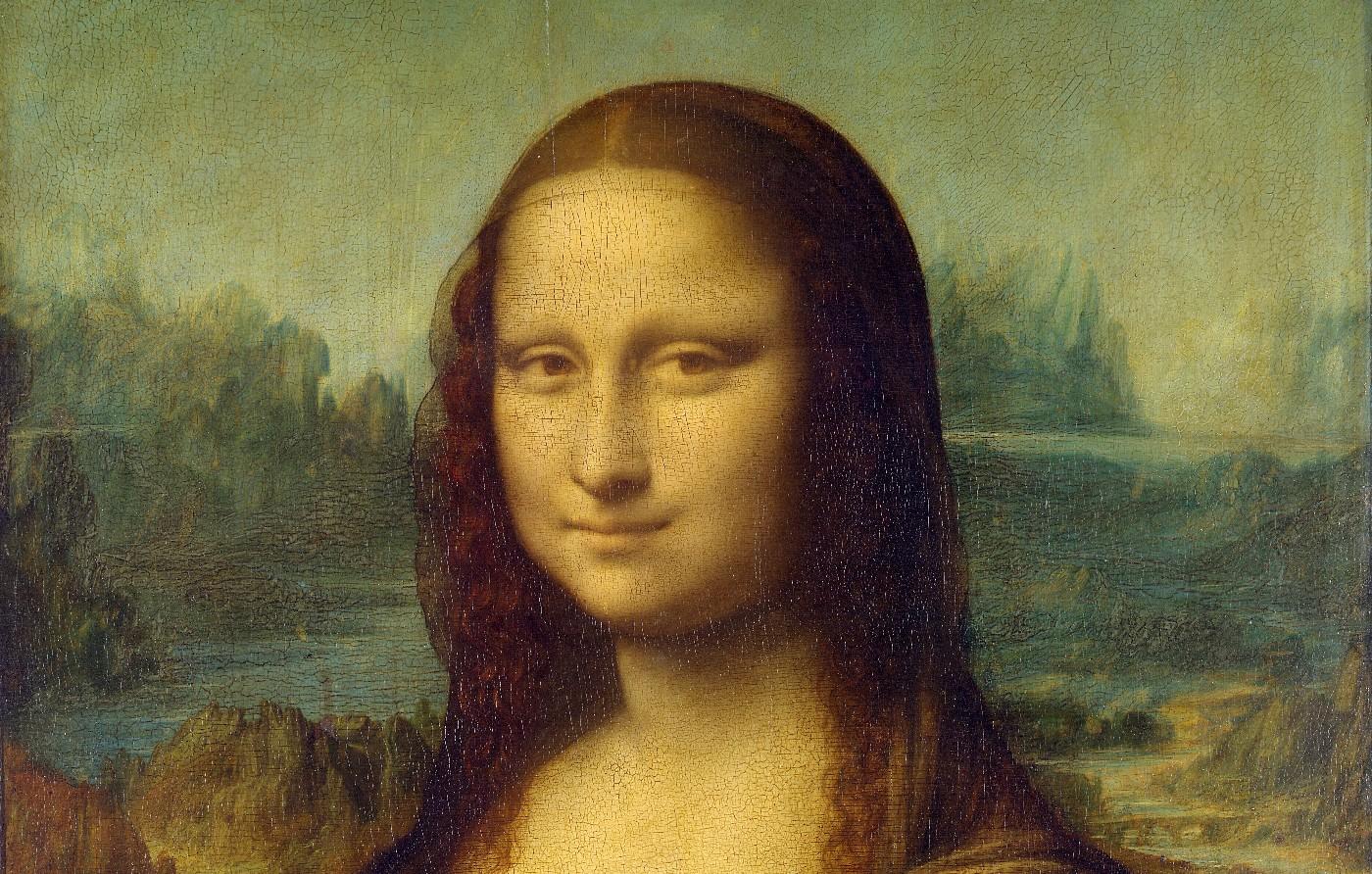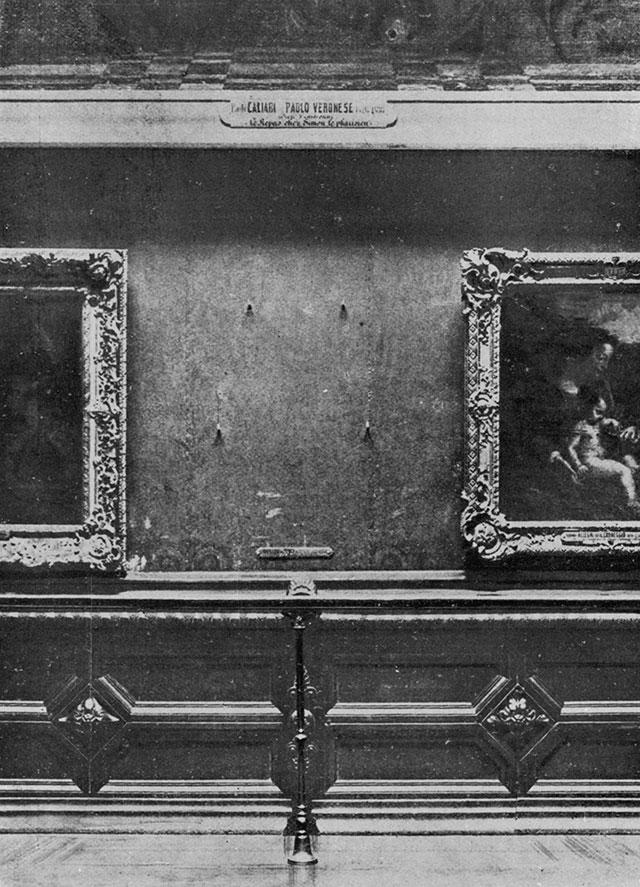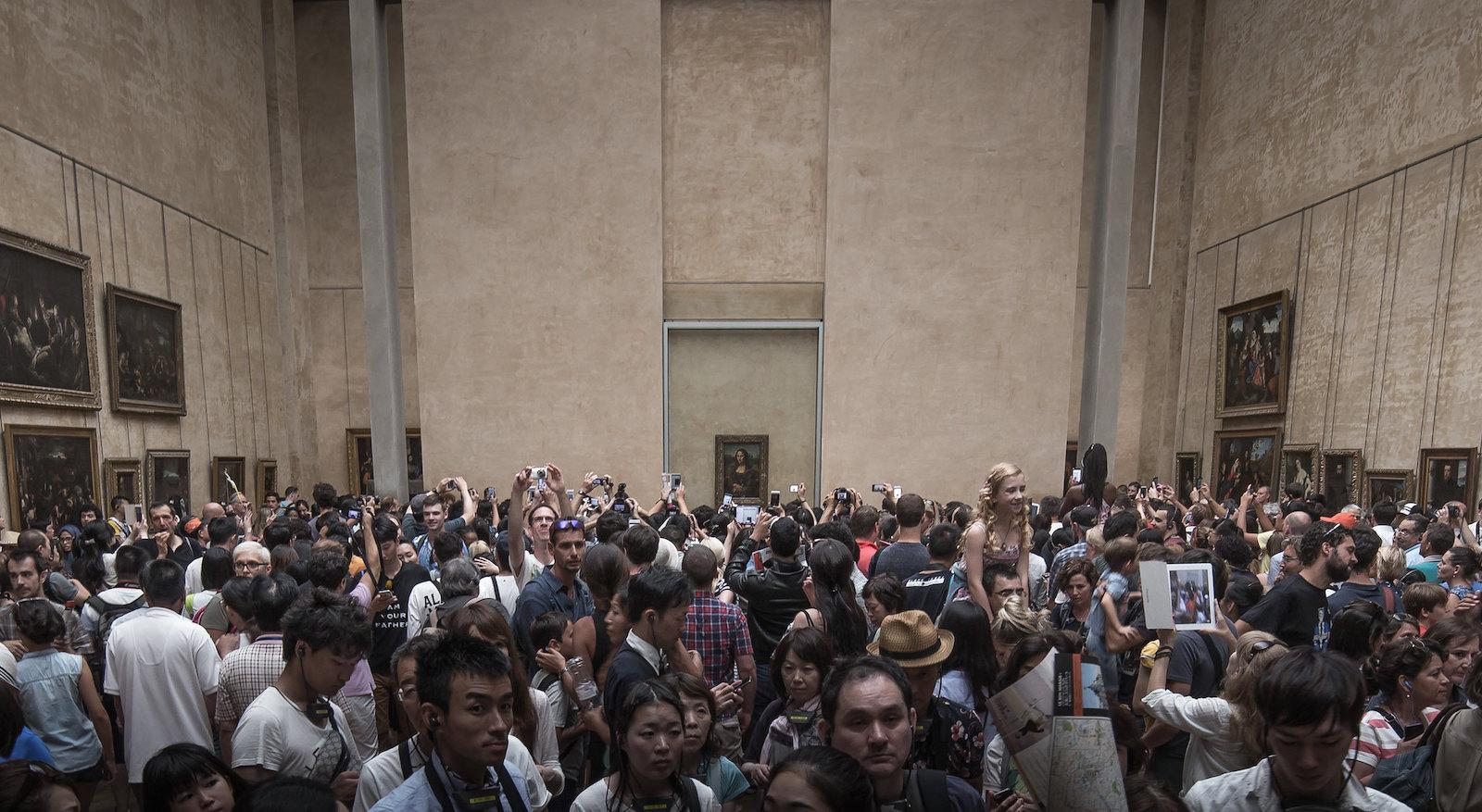Mona Lisa showcases many painterly techniques da Vinci employed, including sfumato and aerial perspective. DaVinci used sfumato, which means “vanished or evaporated,” to create imperceptible transitions between light and dark, while the background fades into the distance. This is another deviation from traditional Italian portraiture, which painted the background in the same sharp focus as the central figure.
Relatively unknown to the general public, but lauded as a masterwork by artists and intelligentsia, Mona Lisa’s 1911 theft brought notoriety. Picasso, French poet Apollinaire and American tycoon JP Morgan were all suspects during the investigation, but the actual culprit was Louvre employee Vincenzo Peruggia, with two accomplices. One of the accomplices claimed to have made six indistinguishable forgeries, leading to a rumor that the Mona Lisa currently in the Louvre is a fake.































